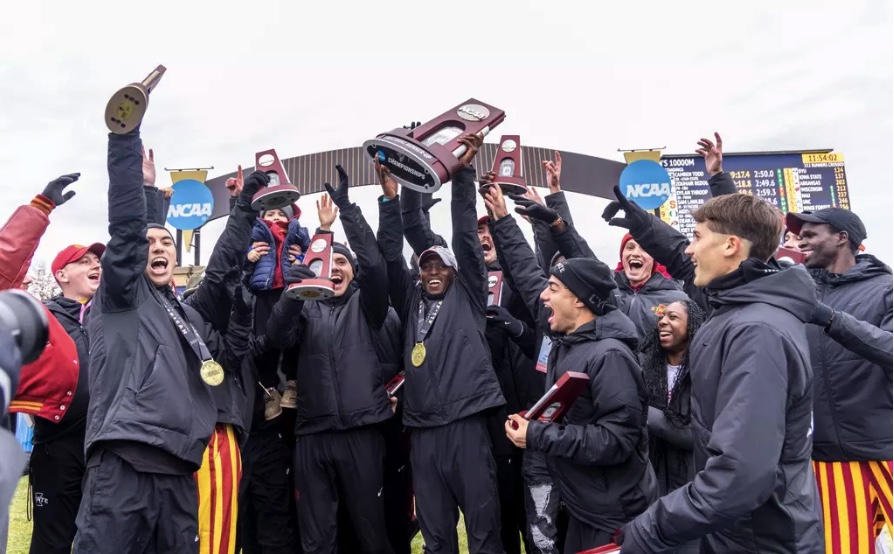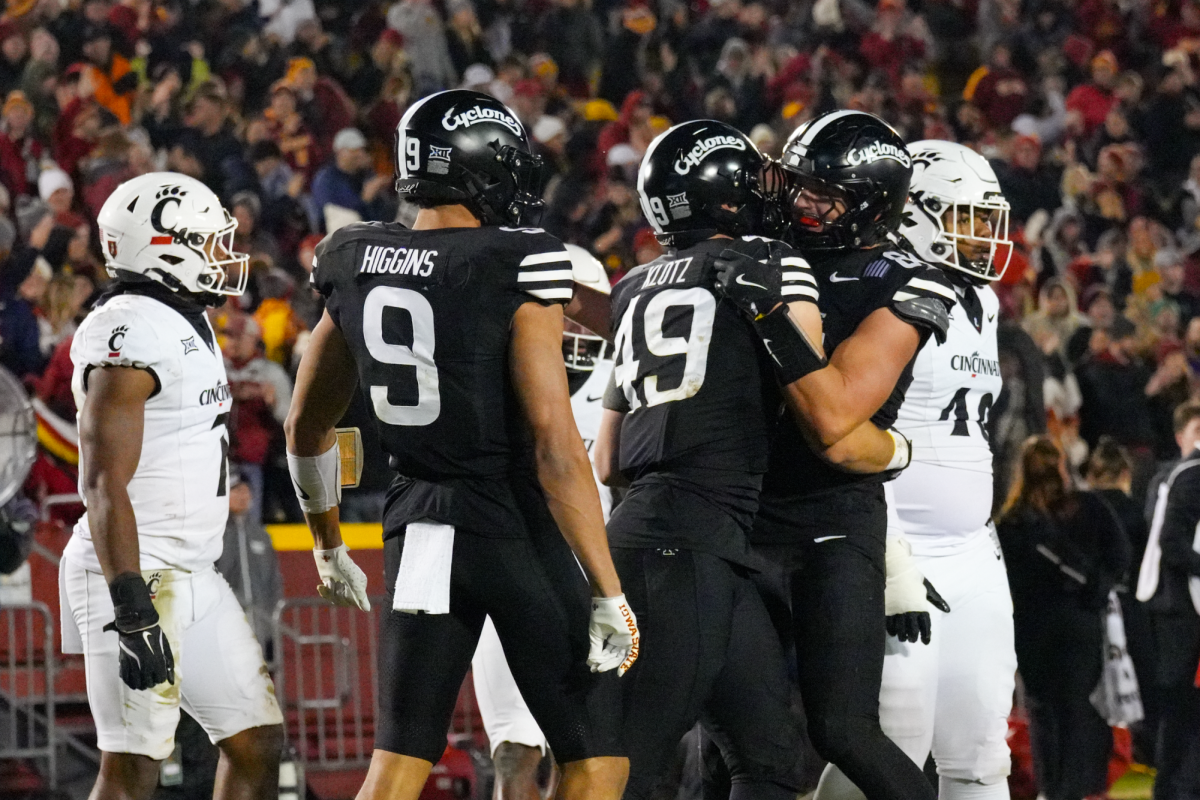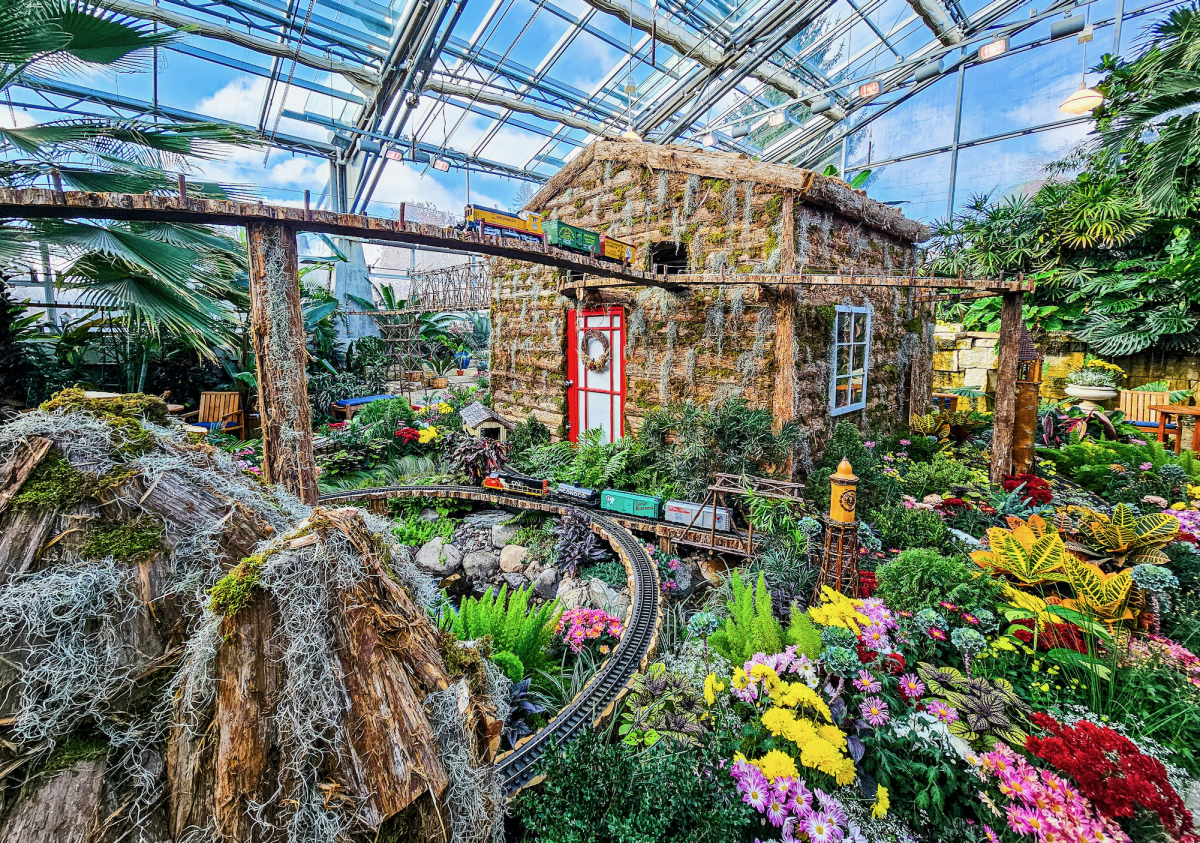Marijuana: Demon weed or harmless fun?
January 30, 2001
Regarding the excellent Jan. 25 editorial on industrial hemp, the history of hemp’s sudden change from cash crop to dreaded symbol of the counterculture is quite interesting. Prior to passage of the Marijuana Tax Act of 1937 and subsequent reefer-madness campaign, few Americans had heard of marijuana despite widespread cultivation of its non-intoxicating cousin, industrial hemp. Recreational use was limited to Mexican migrants. Historians argue that the first marijuana laws were a reaction to Mexican laborers taking jobs from whites during the Great Depression. Legislation was passed in large part due to newspaper magnate William Randolph Hearst’s sensationalist yellow journalism. Incredibly violent acts were allegedly committed by minorities under marijuana’s influence. Interestingly enough, whites did not smoke marijuana until the government began demonizing the plant. America’s obsession with certain drugs has more to do with cultural norms than health outcomes. Marijuana is arguably safer than alcohol or tobacco. Today, the plant is confused with ’60s counterculture, despite mainstream use.This misguided culture war is harmful. As counterintuitive as it may seem, replacing marijuana prohibition with regulation would do a better job protecting children than the failed drug war. As the most popular illicit drug, marijuana provides the black market contacts that introduce users to harder drugs like meth. Current drug policy is effectively a gateway policy. With no controls for age, the thriving black market is very much youth-oriented. Sensible regulation is desperately needed to restrict access to drugs. Robert Sharpe, M.P.A.
Program officer
The Lindesmith Center-Drug Policy Foundation
Washington, D.C.






